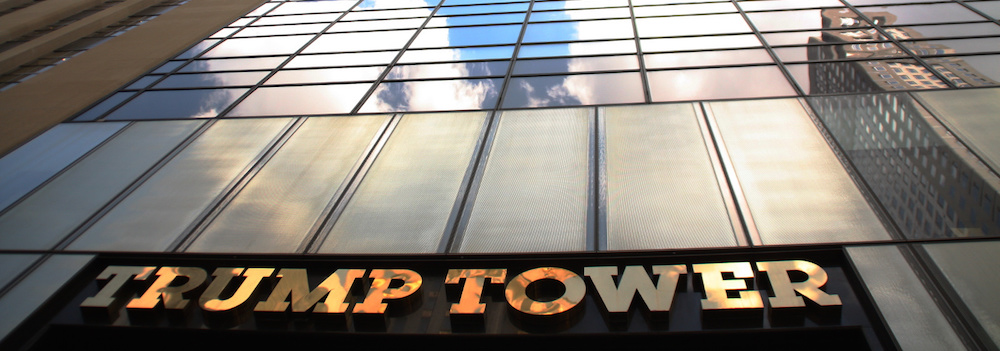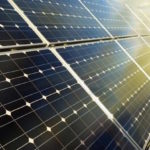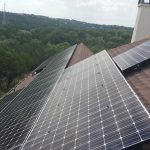
The U.S. solar market enjoyed its best year ever in 2016, nearly doubling the solar power capacity that was installed nationwide in 2015, according to the Solar Energy Industries Association.
“It would be hard to overstate how impressive 2016 was for the solar industry,” says Abigail Ross Hopper, president and CEO of the Solar Energy Industries Association. “Prices dropped to all-time lows, installations expanded in states across the country, and job numbers soared.”
Last year also marked the election of a president who’s not as sunny about solar power as Hopper’s group is. In a May 2016 campaign speech about energy, Donald Trump pledged to pursue “all forms of energy,” including solar, wind and nuclear. However, he added, that shouldn’t come at the expense of other forms of energy — in other words, fossil fuels.
Source: Project Sunroof data explorer (February 2017)
In a news conference before the speech, Trump said: “I know a lot about solar. The problem with solar is it’s very expensive.” The Solar Energy Industries Association notes the cost of solar installations has fallen more than 60 percent over the past 10 years.
In light of Trump’s lukewarm stance toward solar, we decided to check out how solar power could benefit his neighborhood in New York City, NY — more precisely, the 10022 ZIP code, where the 58-story Trump Tower is located. Aside from Trump Tower, the 10022 ZIP code includes St. Patrick’s Cathedral, Bloomingdale’s, Whole Foods Market, the Four Seasons Hotel, the Fifth avenue stores of Apple and Microsoft, and the Peruvian and Spanish consulates.
Based on data we pulled from Google’s Project Sunroof, Trump’s New York ’hood isn’t terribly solar-friendly. The project relies on the amount of available sunlight and roof space to come up with its calculations.
The Project Sunroof data shows that an estimated 43 percent of the roofs in 10022 are suitable for solar panels. But even at 43 percent, the number and impact of rooftop solar installations in the densely packed 10022 would be rather impressive:
- An estimated 434 rooftops would have solar installations.
- The 434 solar installations would cover about 643,000 square feet of roof space.
- The solar panels would offer 9.1 megawatts of solar power capacity. On average, nearly 1,500 U.S. homes can be powered by 9.1 megawatts of solar energy.
- The solar panels could produce 9,700 megawatt-hours of electricity each year. For reference, the average U.S. household uses 11,000 kilowatt-hours of energy each year. One megawatt-hour equals 1,000 kilowatt-hours.
Perhaps what’s even more compelling are the environmental benefits that would be triggered by 434 solar-equipped rooftops in the 10022 ZIP code. Project Sunroof estimates the solar installations would prevent 5,500 metric tons of carbon dioxide from being spewed into the air — the equivalent of removing 1,200 passenger cars from the roads for one year or growing 140,000 pollution-cutting tree seedlings for 10 years.
President Donald Trump complains that solar power is too expensive.
Photo: Flickr/Gage Skidmore
By the way, media reports suggest Trump, a billionaire real estate developer, hasn’t switched to solar power at Trump Tower or any of his other properties. And it doesn’t look like that’ll happen anytime soon, given Trump’s past comments about solar.
Nonetheless, solar advocates are pressing Trump to fully embrace solar energy and wind power. In a February 2017 letter to Trump, the Governors’ Wind & Solar Energy Association urged Trump to boost investment in those two types of renewable energy. The association represents governors of 20 states, including New York Gov. Andrew Cuomo.
“If the United States does not continue robust federal research and development programs in wind and solar energy, we will cede leadership in these critical technologies to other nations that have demonstrated ongoing high priority commitments to these technologies, such as China,” the letter says. “We would also cede the resulting economic development benefits to these nations and would be importing the great majority of our wind and solar equipment from them.”
Top photo: Flickr/Brad_T






